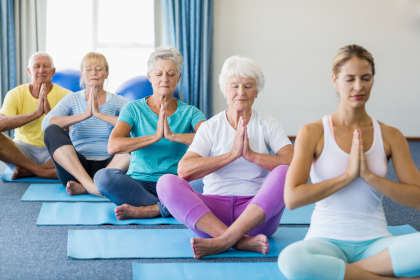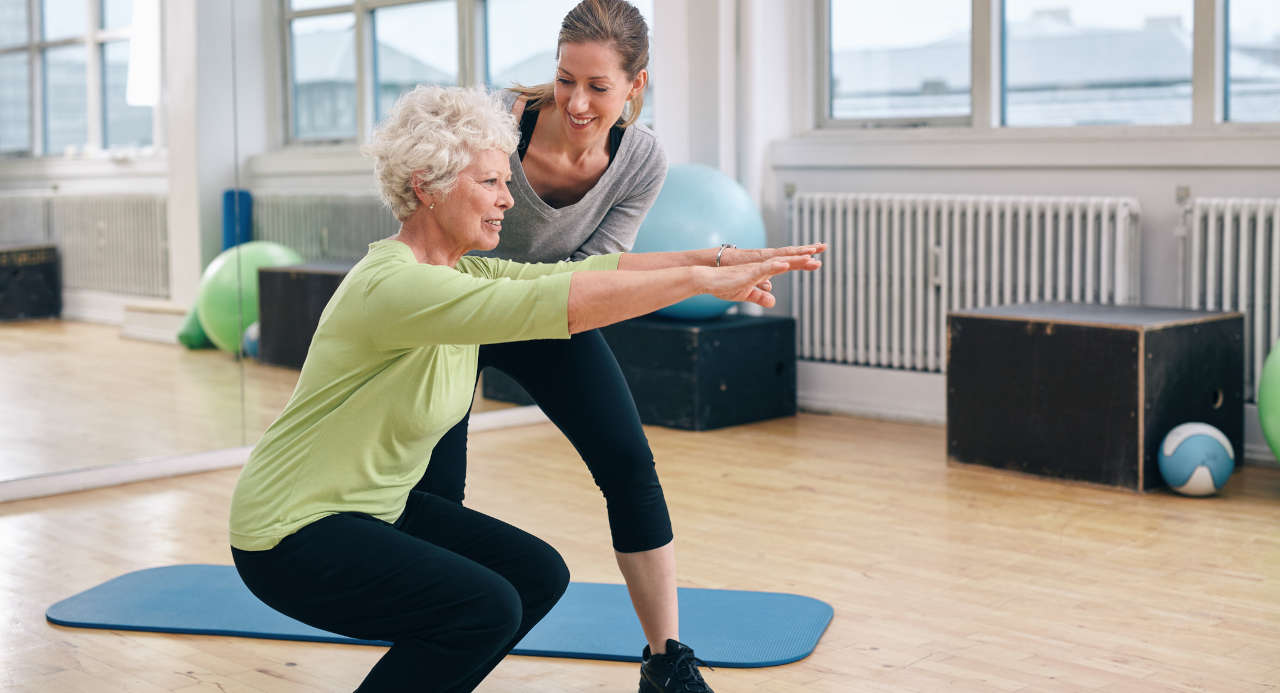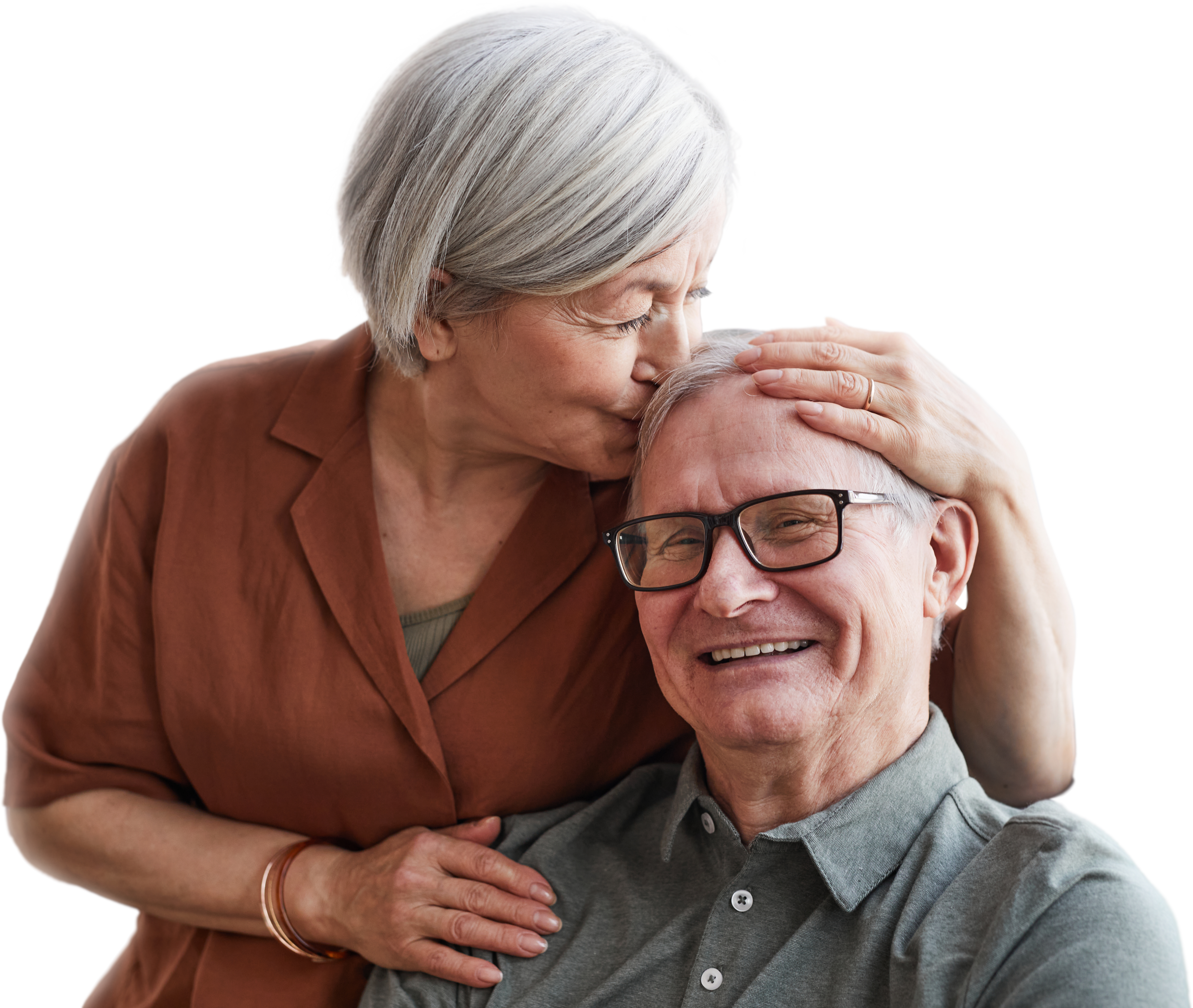We all know that exercise improves physical health, but does it also reverse or slow down symptoms associated with aging?
Absolutely! Exercise not only improves physical and mental health, but also strengthens your tolerance, improves balance, and can decrease the risk of injury or illness. In addition to improving your health, exercise can enhance your appearance by increasing muscle mass, improving physique, increasing skin elasticity, and giving you an overall fitter and younger look.
Medbox: Simplify Your Prescription Routine
As age progresses, the functionality of our body tissues and organs gradually declines, but exercise can slow these processes down. For example, as we age, muscle degeneration (sarcopenia) and bone brittleness (osteoporosis) are major health concerns, but exercise can significantly improve muscle and bone strength and health, limiting the deterioration that happens during normal aging. In addition, improving the body’s core stability and balance prevents falls and other injuries that can exacerbate muscle and bone degeneration.
Strong bones and muscles, improved balance and endurance levels, and enhanced skin elasticity are just a few examples of the many anti-aging benefits of exercise.
In this article, we will discuss the top 4 easy and effective exercises that can help slow symptoms of aging.
Top 4 Exercises That Can Slow Symptoms of Aging
1. Squats
Squats are one of the most fundamental and effective exercises that work on your overall body, especially your lower body. Also known as a compound exercise, squatting engages the whole body and thus provides more gain for the same amount of effort as other exercises that may only engage one muscle group. Importantly, squats can be performed anywhere, and no specialized equipment or locations are required for this exercise.
Squats are performed by starting in a standing position with the feet a little wider than hip-width and toes facing forward. For those with tight hips, the feet can be wider apart and toes pointing slightly outwards as modifications. While engaging the core (think about sucking the belly in), drive your hips back while bending the knees. Think about sitting down into a chair behind you, ensuring that the knees do not buckle in but continue to point outwards. Keep your chest up, shoulders back, and both toes and heels on the ground.
Older adults with joint issues may find it challenging to squat all the way down until the thighs are parallel to the ground, but there is no need to worry. The good news is that squats build muscle and joint strength as you perform the exercise, and even performing more shallow squats can have tremendous benefits. Squats can also be performed with assistance, where you can have one hand on the wall or place both hands on a counter or chair in front of you for balance support. Those who are stronger can increase the difficulty of squats by using weights and bands.
As squats simultaneously target your core, hips, hamstrings, glutes, and quad muscles, it strengthens the whole body, leading to an improved overall balance, flexibility, and coordination level. Squats can also enhance bone mineral density. A strengthened body core and improved muscle tone and bone density naturally reverse the signs of aging.
Your Prescriptions Sorted and Delivered
2. Yoga
Yoga is a great option if you are looking for an exercise requiring less physical impact. Yoga can improve your balance, flexibility, mobility, and mental health, and also provides anti-aging benefits.

Yoga works on the body and mind, building your strength and stability and naturally relieving depression as you get older. In addition, yoga also helps combat signs of skin aging, like wrinkles and fine lines, and tightens your skin around all the muscle groups used during the exercise, including the face and neck. Yoga also includes breath work, which can have a tremendous impact on lung health.
So, if you want to improve your physical strength, mobility, and aesthetics, yoga can be a good exercise option.
For those who are primarily interested in healthier-looking skin in the face and neck, there are various types of easy face stretches that work well without requiring full-body workouts. Types of face yoga include:
- Cheek lifter or forehead lifter
- Smiler
- Neck and jaw stretch
Yoga for building the entire body’s strength includes:
- Side warrior pose
- Cat/cow pose
- Seated forward fold
- Padmasana
- Simple reclining spinal twist
- Dandasana
For a more thorough article on yoga for seniors, please visit this page.
3. Walking
Another simple yet highly effective exercise for slowing down symptoms of aging is walking. The best part of this anti-aging exercise is that any senior, even those with limited strength or mobility, can engage in some form of walking. Walking exercises can range from more intense and brisk power-walking to a simple leisurely stroll. Regardless of the intensity of walking, there are many benefits, including increased muscle and bone strength, heart health, and improved overall functionality of the body.
Walking is a weight-bearing exercise that not only helps manage chronic diseases, like diabetes, cardiovascular disorders, and osteoporosis, but also contributes to weight loss and management, improving overall physical fitness and body flexibility.
Studies show that even low-intensity walking for 30 minutes every day can exhibit anti-aging effects and prevent age-related disorders, promoting healthy aging. Perhaps the best thing about walking is that no exercise or general training is required. For those with joint or muscle issues, water walking (e.g., inside of a pool) is an excellent variation of walking that significantly decreases impact on the body while maintaining all the benefits.
No More Pill Sorting! Our Pharmacy Pre-sorts and Packages Your Pills
4. Resistance Training Exercises
For those with more strength and mobility, resistance training is an excellent method to decrease the symptoms of aging, as it is the most effective way to increase muscle mass. Resistance training is a form of weight-bearing activity that forces your body’s muscles and bones to work against a weight or force, making your muscles, tendons, ligaments, and bones stronger.
Resistance training exercises involve lifting free weights, like dumbbells or sandbags, or using resistance bands that apply tension to your bones and muscles. Continuous resistance training or weight-bearing activity builds muscle strength and promotes the bones to produce more bone tissue. Many resistance training exercises, such as squats (see above) and push-ups, can also be done without equipment and using the body’s natural weight as resistance, which makes resistance training much more accessible.


